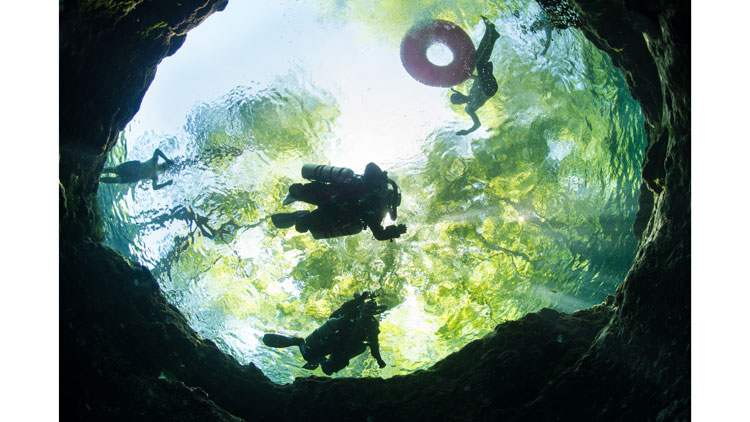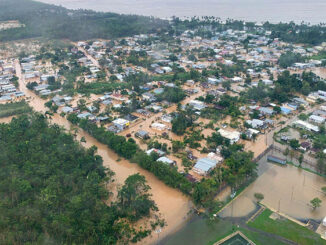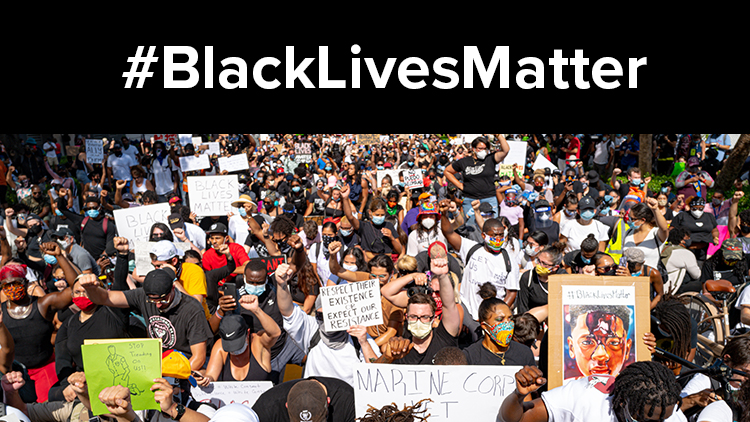
Groundwater is exactly what it sounds like: water that comes from the ground. Groundwater lies beneath Earth’s surface, filling the spaces between soil, sand, and rock. This is a geological formation known as an aquifer. The top of the aquifer is called the water table, and it can lie just a few feet below ground or hundreds of feet below!
You are probably wondering how we access this water if it is beneath us. This water comes to the surface naturally through springs. Some is released into lakes and streams. It is mostly used to irrigate crops. But for more than 50 percent of the people in the United States, groundwater is their source of drinking water. Many people in rural areas have a well, or a pipe in the ground that fills with water and is pumped to the surface.
Groundwater is a part of the natural water cycle, which means rain and melted snow replenish it. In some places, groundwater is consumed faster than it is replenished. According to the Ground Water Protection Council, about 27 trillion gallons of groundwater are used in the United States every year! Such usage of groundwater jeopardizes the supply.
Other looming threats to groundwater are run-off from fertilizers and pesticides and pollution. Harmful chemicals can sink into groundwater, making it potentially unsafe to drink.
What Can You Do? What can you do to conserve and protect groundwater? Small, simple actions can make a difference:
- Turn off the water while you brush your teeth.
- Check your house for leaky faucets and toilets.
- Take shorter showers.
- Only run full loads in the washer and dishwasher.
- Clean your home with natural materials, such as lemon juice, baking soda, and vinegar.
- Practice the 3 Rs: Reduce, Reuse, Recycle!
Reading Response Click on the links to respond to your reading. Print out the response page or upload it to your classroom site.
Photo Credit: Jennifer Adler/ National Geographic Image Collection/Getty Images



